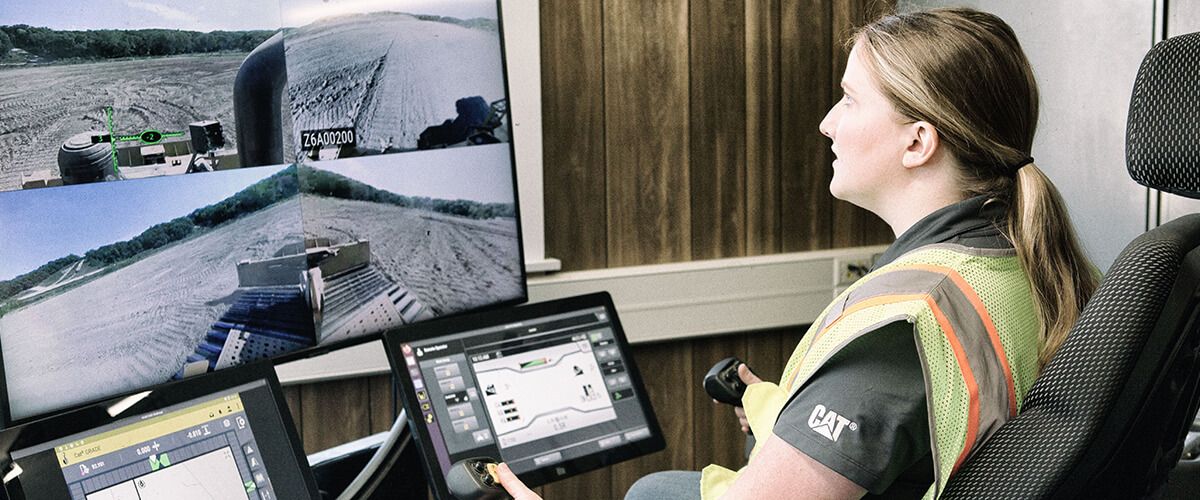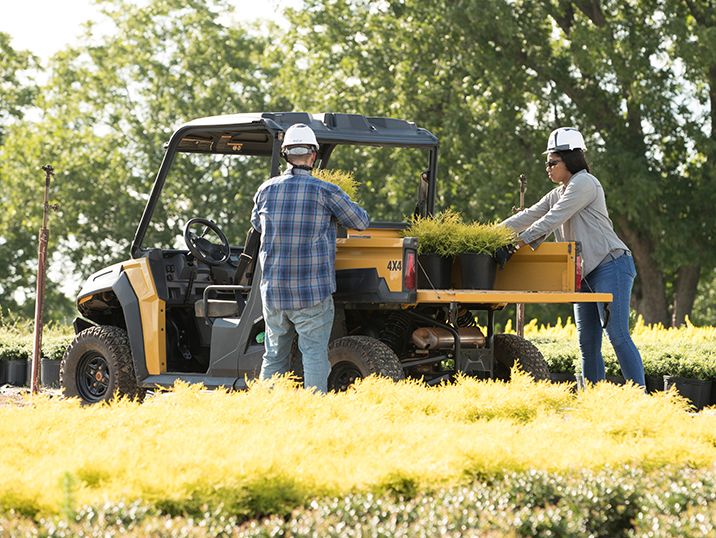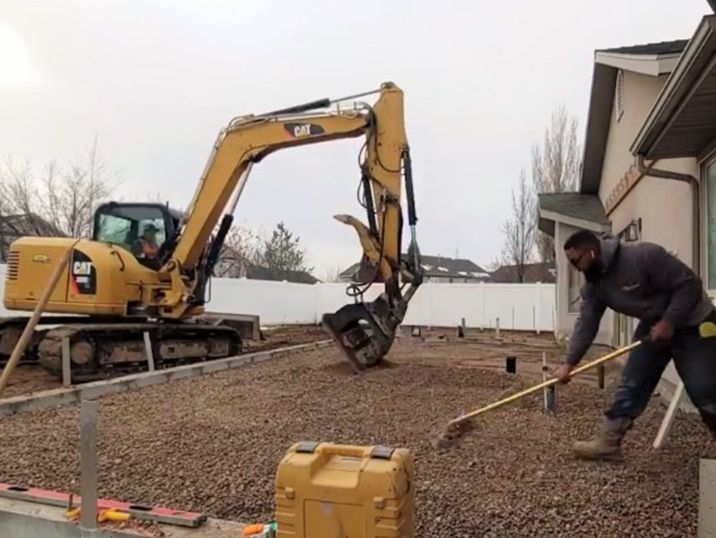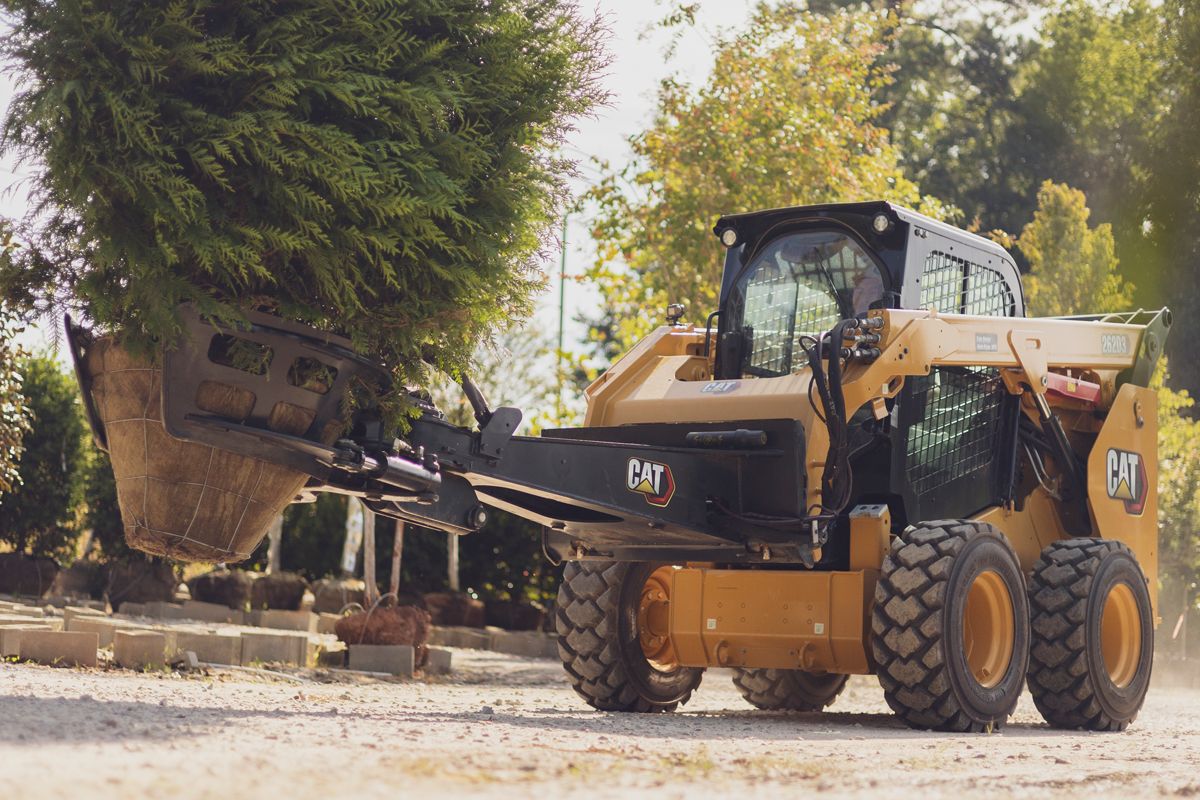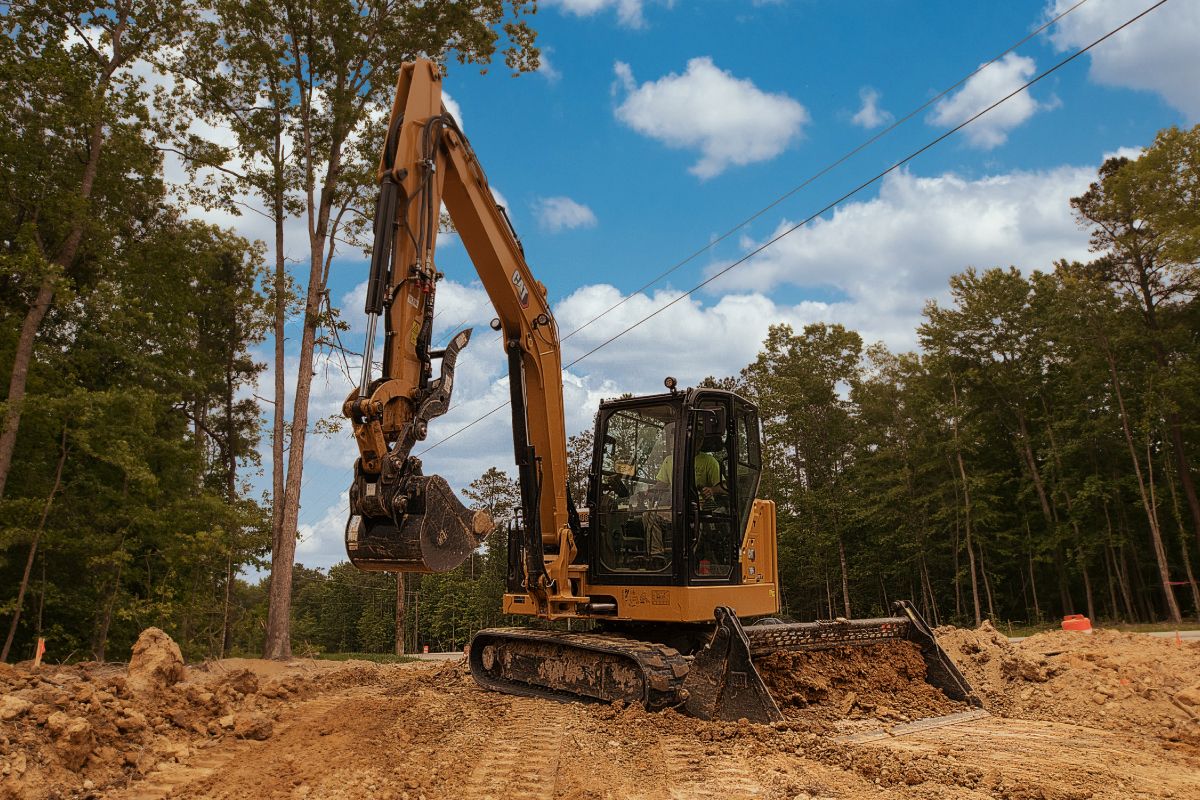If you already have an existing account with another Cat App, you can use the same account to sign in here.
One Account. All of Cat.
Your Caterpillar account is the single account you use to log in to select services and applications we offer. Shop for parts and machines online, manage your fleet, go mobile, and more.
Account Information
Site Settings
Security
ELIMINATE THE “3 Ds” WITH REMOTE CONTROL EQUIPMENT
Remote control and autonomous machines may sound cool, but are they truly useful for contractors today? Take a look at the benefits this technology can offer in dull, dirty and dangerous applications.
Chances are, you’ve been hearing a lot about remote control and autonomous construction equipment lately. Maybe you’ve even taken part in a demo. Caterpillar let attendees at CONEXPO-CON/AGG 2023 use Cat® Command to operate equipment 400 miles away from Las Vegas.
It’s cool technology, right? But is it really something that makes sense on your jobsites right now? If any of the work you do falls into the “3 Ds” — dull, dirty or dangerous — then the answer could be a resounding “yes.” Here’s why:
Dull
Dull work is repetitive work — the kind where the operator must perform the same or similar tasks over and over. Soil compaction is a good example. The compactor goes over one patch of ground again and again, maintaining an established path with predetermined overlaps between passes to deliver consistently compacted soil.
Imagine doing that for eight, 10 or 12 hours a day, day after day. It’s easy to see how an operator could lose focus, leading to errors and costly rework. But an autonomous machine never gets bored, tires out or strays from its assigned path — meaning you get consistent quality across the entire work area.
Dirty
Lots of jobs fall into this category. After all, most contractors are in the business of moving dirt. But some work is so dirty it’s not only challenging to complete, it’s challenging to find operators willing to perform it in the first place.
Consider a fly-ash cleanout. An operator must take a loader into a dark interior space to scoop out the ash, work inside a sealed and pressurized cab to keep out the dust and stay in constant contact with safety personnel. It’s not for the faint of heart. But with a remote control or autonomous machine, an operator can do the job from a comfortable, clean, indoor location — more quickly, easily and safely.
Dangerous
Speaking of safety, dangerous jobs are the most obvious application for remote control and autonomous equipment. There are plenty of situations where it just makes sense to remove the operator from the hazards of the work environment. Demolition jobs, working on steep or unstable slopes and unloading barge terminals are just a few examples.
From Undesirable to Appealing Work
If you’re already struggling to find qualified operators, leading with “dull, dirty or dangerous” in your help-wanted ad probably won’t attract a lot of candidates. Telling potential operators they get to work remotely from a comfortable office environment, on the other hand, likely holds a lot more appeal. That’s true not just for the younger “video-game” generation but also for those with disabilities or medical conditions that may prevent them from traditional in-the-field operator jobs.
Want to learn more about the benefits of remote control and autonomous operation — for your operators and your bottom line? Check out this free webinar: It explains how going remote can help you grow your profits.
RELATED ARTICLES
You’re here to get ideas to grow your business. Read on for machine insights and expert tips and tricks to get more out of every job.
-
Community Service in the Landscape Industry
The benefits of community service for a business are about much more than the bottom line. More and more these days, your customers are actively searching for companies that make social responsibility a part of their values. It's also just the right thing to do.
Learn More -
Rock Structures Guide to Recruiting and Retaining Construction Crew Members
Ryan Goodfellow, owner of Rock Structures, talks about his strategies on recruiting and retaining construction crews as well as advice for new operators.
Learn More -
The Latest Nursery Tools for Landscaping and Agriculture
We dive into the latest nursery tools for landscaping and agriculture businesses that might help you be more productive.
Learn More -
Boost Productivity with Mini Excavator Technology
From E-Fence to Indicate features, check out the new mini excavator technology, helping to make your time in the cab more efficient.
Learn More

